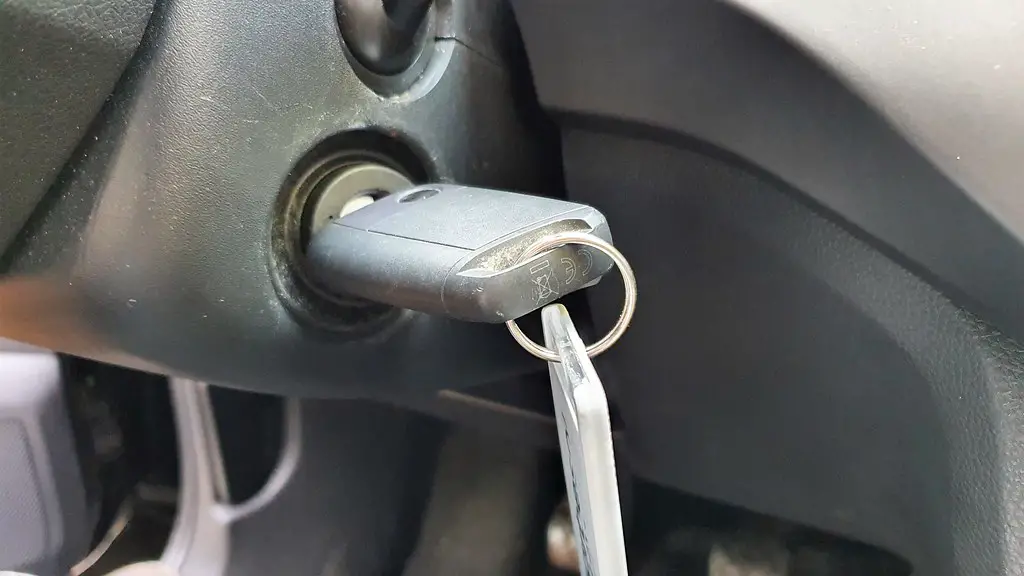The moment you insert the ignition key and twist, you anticipate the comforting hum of your vehicle coming to life. Instead, you’re greeted by an unsettling quiet, or worse, a disheartening clicking sound. This scenario is far too familiar for many drivers, causing a great deal of exasperation. However, familiarizing yourself with common causes and their remedies can be a game-changer.
This detailed guide will walk you through 14 potential reasons behind your car’s refusal to start (as well as why a car won’t turn over but has power) and their probable solutions, address common queries about this topic, and deliver added insights. By the end of this blog, you’ll be well-equipped to handle a non-starting car scenario.
Pinpointing the Problem: 14 Causes and Fixes for a Non-starting Car
- Drained Battery: The absence of the engine’s turnover, non-responsive dashboard lights, and weak headlights often suggest a dead battery. The solution could be as simple as using jumper cables, a portable jump starter, or replacing the battery after getting it checked by a mechanic.
- Faulty Battery Connection: Your car might refuse to start if the battery connections are loose or corroded. Tighten these connections or consult a professional for cleaning battery corrosion.
- Defective Alternator: A failing alternator can cause the interior lights to dim or give off a burning smell. Have a mechanic examine and, if required, replace the alternator.
- Car Not in Park or Neutral: If your car is in gear, it won’t start. Shift the gear to neutral or park and press the brake pedal.
- Busted Fuse: A faulty or blown fuse can disrupt power flow to the starter relay. Refer to your vehicle’s manual to address this and call in a mechanic if needed.
- Malfunctioning Fuel Pump Relay: This can cause your car to stall or accelerate inconsistently. Exchange relays to check or get a mechanic to inspect your fuel system.
- Ignition Switch Issues: If your key doesn’t turn or the dashboard lights flicker, the problem may lie with the ignition switch. Keep a lighter keychain or get a professional to fix the switch.
- Drained Key Fob Battery: A non-functional key fob battery can prevent the engine from firing up. Replace the battery or seek professional help.
- Damaged Starter Motor: A slow engine crank or grinding noises are signs of a failing starter motor. Consult a mechanic to replace the starter or starter solenoid.
- Faulty Spark Plug or Damaged Distributor Cap/Rotor: These issues can lead to reduced fuel efficiency and rough idling. Get a mechanic to inspect and replace components if necessary.
- Broken Timing Belt: This can halt the engine’s operation. Get a mechanic to replace the belt.
- Insufficient Gas in the Fuel Tank: An overlooked but common reason for a non-starting car. Check that the gas tank is sufficiently filled and verify the accuracy of the fuel gauge.
- Blocked Fuel Filter: This can stop fuel from reaching the engine. Follow manufacturer guidelines for changing the fuel filter and use high-quality gasoline.
- Problematic Ground Cable Wiring: This can disrupt power supply to the engine. Inspect the cable visually and replace it if needed.
Frequently Asked Questions (FAQs)
Encountering a car that has power but won’t turn over can be perplexing. Here are some FAQs to help clarify your doubts:
How to Fire up a Car with a Faulty Starter: Ensure your car’s starter wires and connectors are in good shape. A light tap on the starter with a hammer can sometimes help the car to start by closing the gap between the armature and commutator.
How to Identify a Dead Battery: For an accurate reading, use a multimeter set at 20 DC volts. The red probe should be connected to the battery’s positive terminal, and the black one to the negative terminal. If the reading lies between 12.4 to 12.7 volts, the battery is in good health.
Grasping the Car Starting Process
To identify the root of the problem, a basic understanding of the car’s starting process is crucial. When you turn the ignition key, it activates the starter motor, causing the engine to turn over.
The alternator then powers up, supplying electricity to all the vehicle’s electrical systems, from the ignition spark to the fuel injection system. A glitch in any of these stages can prevent the car from starting.
What’s Next? When Your Car Still Refuses to Start
If your vehicle remains stubborn and refuses to start even after implementing the above tips, it may be time to summon a tow truck and consult a professional mechanic. Some problems require specialist diagnostic tools and knowledge only professionals possess.
Tackling a non-starting car can appear intimidating initially. However, this guide provides you with a systematic approach to understanding the underlying issue and possibly rectifying it. Here’s hoping you get back on the road soon!


